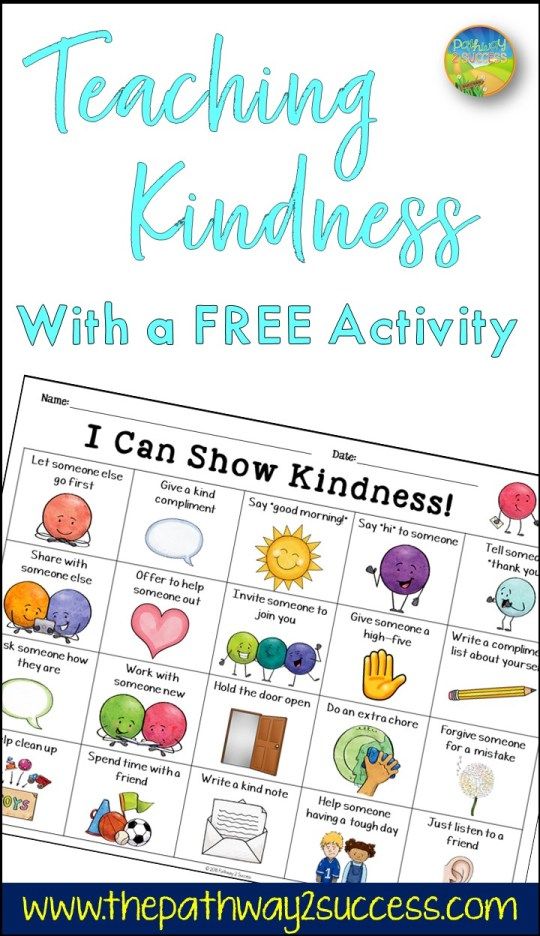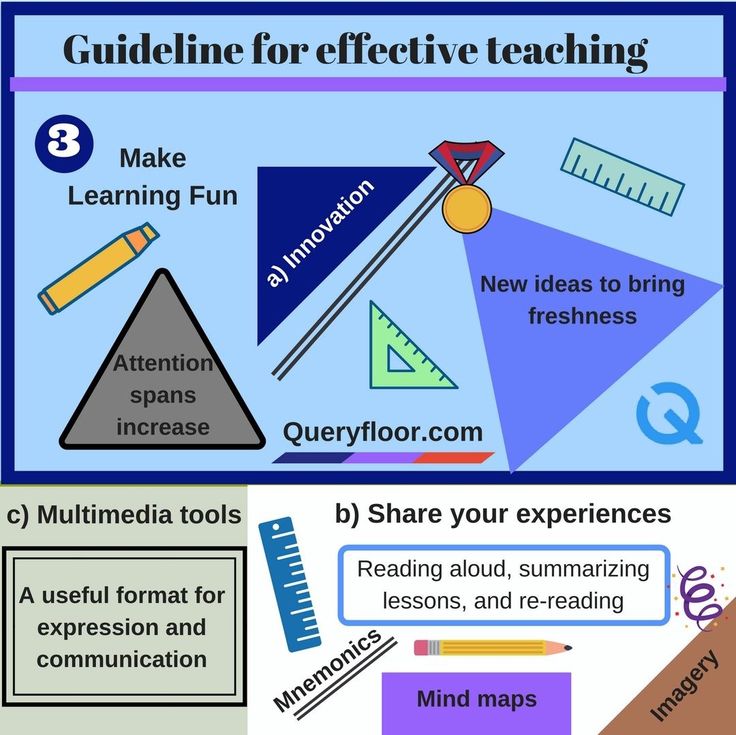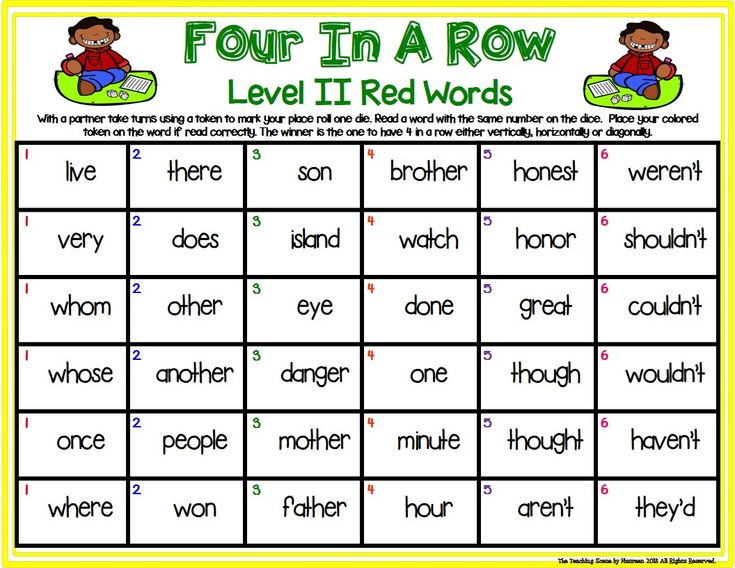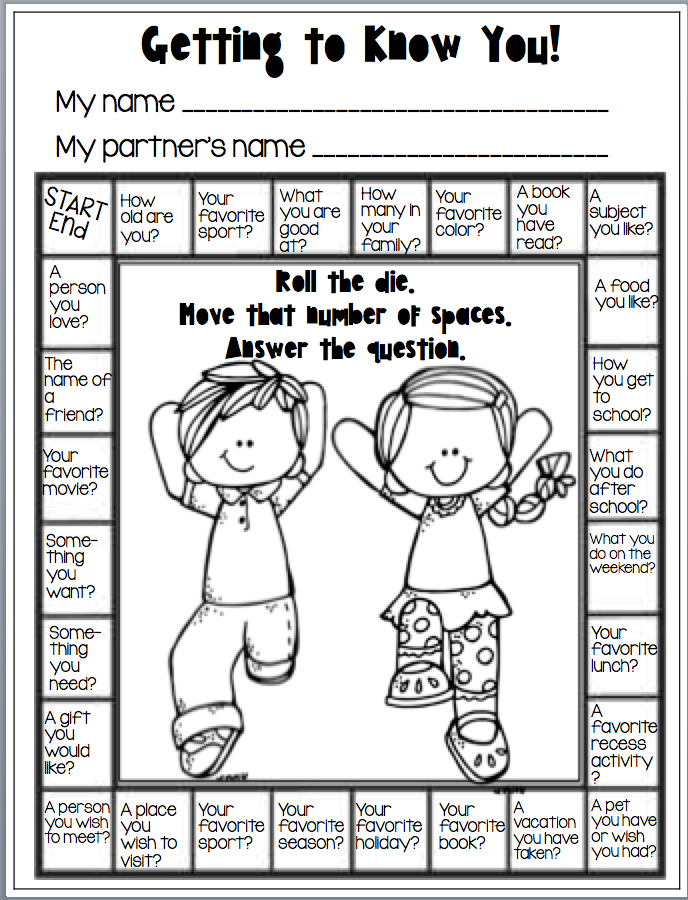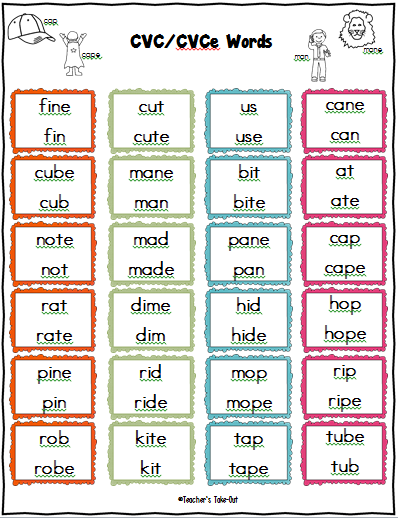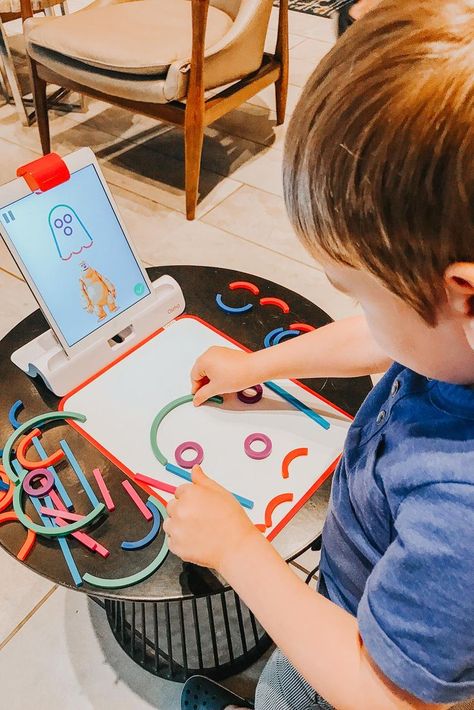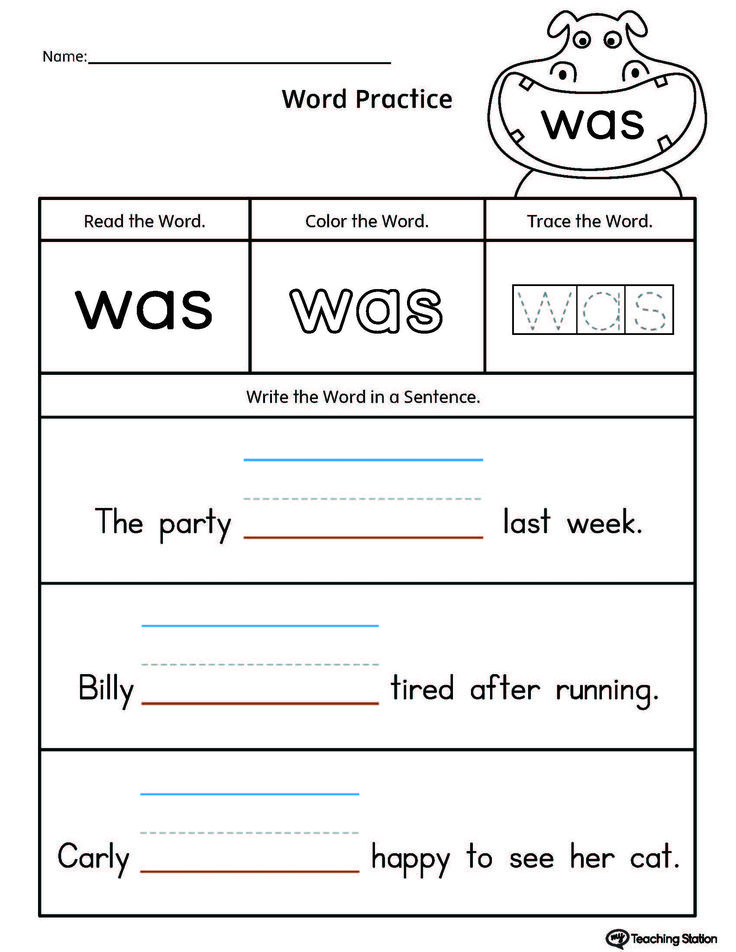Reading sight words games
20 Sight Word Games, Activities, and Reading Ideas
If your child is learning to read, then you know that sight words are high-frequency words common in most text, words like the, and, they, or she. Knowing these words at a glance makes reading easier. Here you’ll find sight word games, apps, multi-sensory activities, and reading ideas. I recommend trying multiple approaches to engage your child’s different modalities of learning these words.
Also, it’s important to note that schools generally use either the Dolch or the Fry Sight Word lists. The lists are slightly different so make sure you know which one to use.
GAMESGames bring an element of fun and playfulness to learning. Since many of these games ask for sight word playing cards, make your own using index cards or download free printable cards here for the Dolch list and here for the Fry list.
Memory
Make your own card deck with two of each sight word. Shuffle. Place the cards face down in rows. When it’s your turn, turn over two cards and try to get a matching pair. If you don’t have a match, turn the cards back over. The winner is the player with the most pairs. (See example on Frogs, Snails and Puppy Dog Tails.)
Bingo
Download premade bingo cards grouped by levels of sight words here. Or, make your own bingo cards with the specific group of words your child is learning.
Scavenger Hunt
Make a list of sight words and a corresponding sticky note for each word on the list. Have your child find the sticky note somewhere in your house and match the word with the corresponding word on the master list.
Go Fish
We played this game a lot when my youngest learned her words. Make a set of sight word pairs (or make four like the original game) for each word. You’ll probably want at least 30 cards. Deal out five cards to each player. Play using the Go Fish rules — either looking for two or four cards to make a set.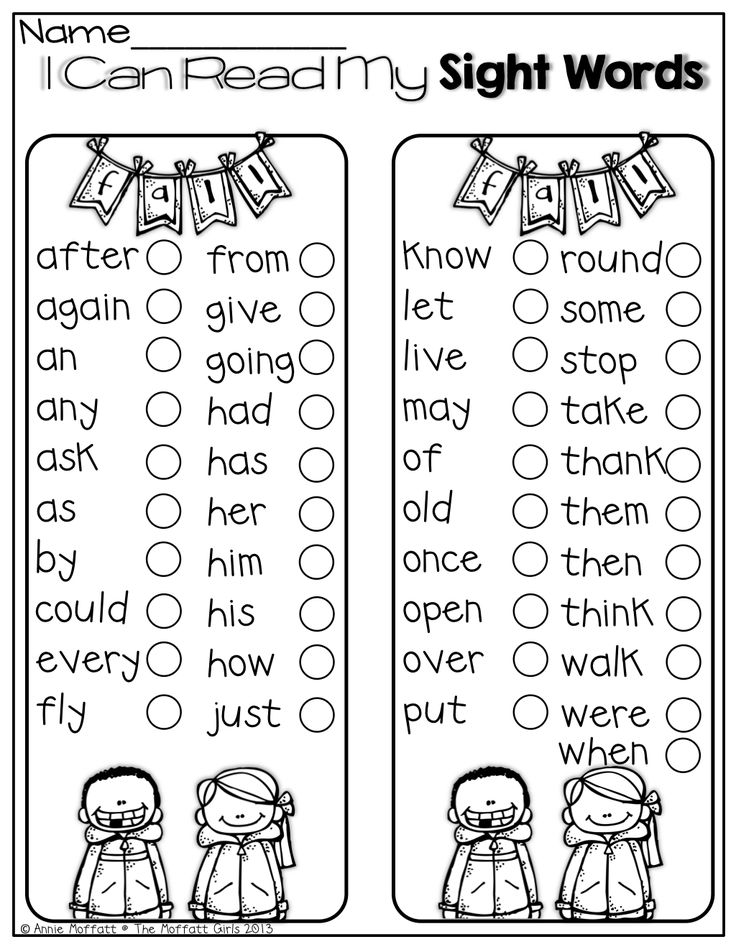
Ukloo
We love this store-bought treasure hunt because it helps kids practice reading sight words. The game clues come in three levels, each has clues written primarily with sight words. We made it inexpensive by finding the silliest “treasures” we could find such as a gum wrapper or paper clip.
Zingo!
Kids won’t even care they’re practicing sight words because this Bingo game makes practice such a blast.
Technology often motivates kids to learn, which is why sight word apps can be a helpful tool. Try these learning apps and see which one your child enjoys most.
Bob Books Reading Magic Sight Words
Read the highlighted word in a sentence and practice writing by dragging the letters to the spaces at the bottom.
Gappy Learns Reading
Fill in the missing letter or letters to make bridges for the rabbit to cross and get home. Includes both three letter words and sight words.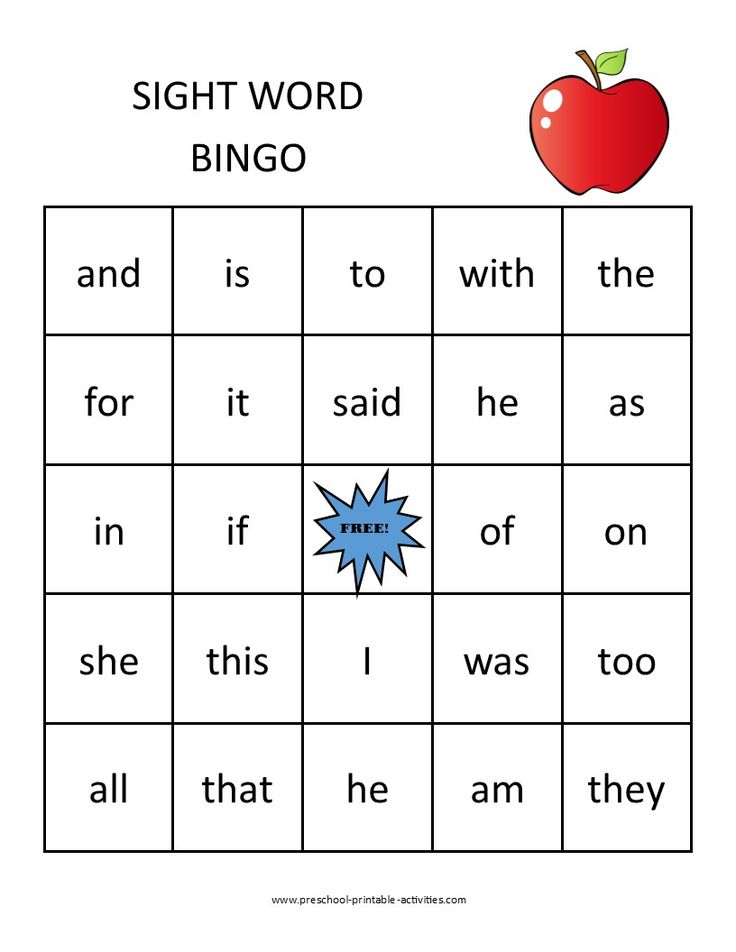
The Sight Word Adventure
Play 10 fun games such as whack-a-mole, letter scramble, and hide-and-seek to practice 320 sight words at five levels.
Sight Word Games
With a section for learning and one for playing games, this new app from This Reading Mama gives kids more ways to practice their words, including Hangman and Bingo.
Sight Word Bingo
My kids loved the cute monsters in this entertaining Bingo game that uses the Dolch words.
We have many senses other than our visual and auditory senses that can be engaged for optimum learning. These activities add in movement and touch.
Chants
With these chants, your child will work to learn the words while moving and acting like an animal.
Play Dough Mats
Using play dough and a sight word mat, make the letters of each sight word. Then write the words below.
Magnet Letters
Make your sight words on a magnetic surface using magnetic letters.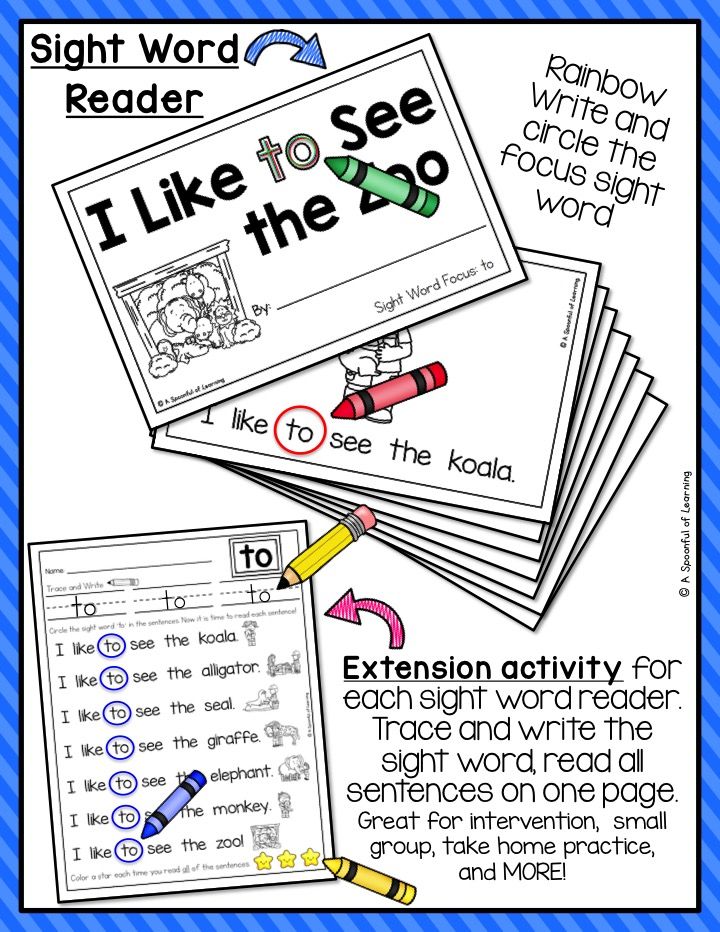
Wikki Stix or Pipe Cleaners
Build your sight words using Wikki Stix or pipe cleaners.
Beads
Practice your words by threading letter beads onto pipe cleaners to make each one.
Flash Cards
You’ll want a list of the words your child needs to learn so that you can make your own flash cards or buy them. Then tackle a few each day. When your child has learned a word, post it on a wall to celebrate. Soon you’ll have a wall filled with words they can read!
Bob Books
Bob Books are short leveled books that help children learn a few words at a time, practice those words in the books, and then move on to reading more. We found them to be a very helpful resource.
Sentence Cards
These are printable cards with a sight word and the sight word used in a short sentence. They don’t just increase a child’s sight word bank, they also improve reading skills too.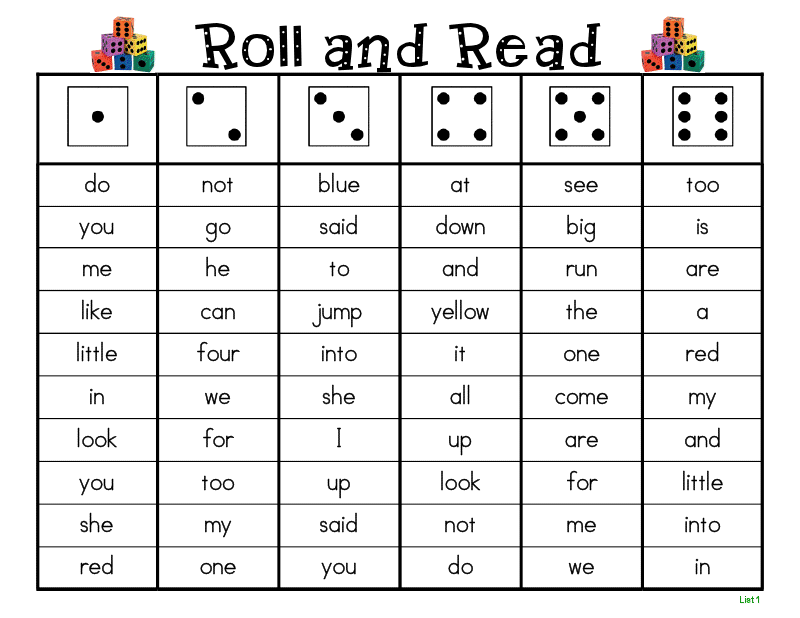
Printable Leveled Booklets
These are short, printable books that you can download for free or for a small price that are text controlled. In other words, you can choose the appropriate reading level with what specific sight words your child needs to learn.
Have other tips for how to help kids learn sight words? Share in the comments below.
Sight Words Bingo | Sight Words: Teach Your Child to Read
- Overview
- Materials
- Activity
- Confidence Builder
- Extension
- Assessment
- Printable Bingo Cards
- Additional Resources
- Questions and Answers
Sight Words Bingo is our most popular sight words game. It takes the traditional Bingo game and replaces the numbers with words, motivating the child to read the sight words so they can play (and win!) the game.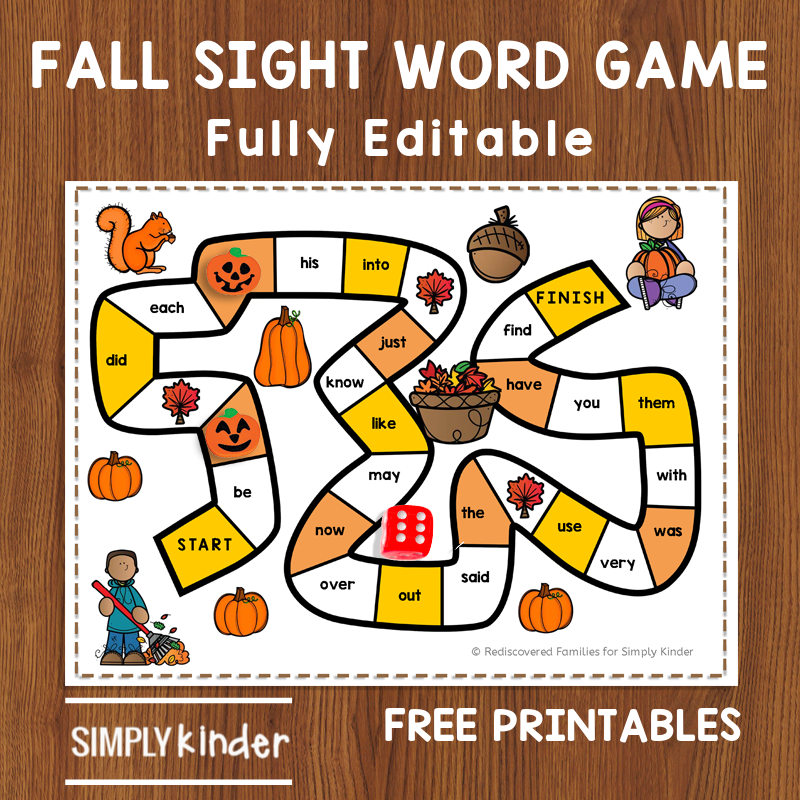 Children love playing Sight Words Bingo, and it is a great way to provide repetition opportunities in a large group setting.
Children love playing Sight Words Bingo, and it is a great way to provide repetition opportunities in a large group setting.
Image: Sight Words Bingo
Each child gets his or her own Bingo Card with a set of words printed on a grid on the face of the card. The adult calls out words one at a time, and each time the child hears a word that is on their card, they cover the word with a marker. When the markers line up to make a complete row (horizontal, vertical, or diagonal), the child yells “Bingo!” and they are declared the winner of that round.
↑ Top
To play Sight Words Bingo, you just need Bingo cards and some markers:
- Bingo Cards Generator
- Printer paper or cardstock (approximately 110 lb / 200 gsm)
- Printer
- Bingo markers or counters (approximately 20 per player)
Use our Bingo Card Generator to produce one Bingo Card for each child, and print them out (preferably on a heavy-duty cardstock paper).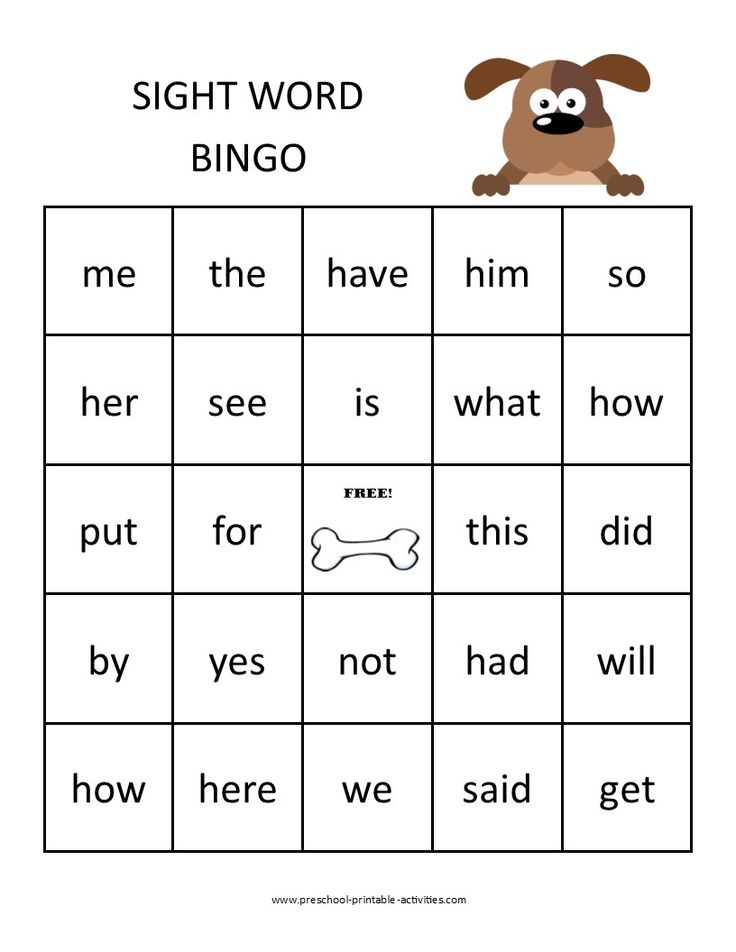 You want to use a mix of newer words that you are currently working on, as well as some words you need to review. The Bingo Card Generator will also create a word list that you can use to help you run the game.
You want to use a mix of newer words that you are currently working on, as well as some words you need to review. The Bingo Card Generator will also create a word list that you can use to help you run the game.
Video: Making Sight Words Bingo Cards
If you will be creating multiple sets of Bingo cards, it is useful to label each set on the back so that you can easily sort out the sets if they get jumbled together. (We learned this the hard way!)
You need some Bingo counters to mark each of the squares as the child plays the game. The counters pictured were purchased, but you can also use pennies, bread bag tags, pebbles, or anything else you have handy. If purchasing plastic markers, we prefer the markers that are plain and single-colored; multiple colors often prove too much of a distraction.
Some people use a Bingo Marker that the child uses to color the square instead of a counter. This gives the children a bit of practice gripping the pens, but it also requires you to hand out fresh Bingo cards for each round.
This gives the children a bit of practice gripping the pens, but it also requires you to hand out fresh Bingo cards for each round.
↑ Top
Each child is given a Bingo Card and a handful of markers (approximately 20 per child). The children are given 90 seconds to read all the words on their card. If there are any weak readers in the class, the adult should take this time to work with those children to help them read all the words on their card; otherwise they are going to be lost for the rest of the game.
Video: Playing Sight Words Bingo
The adult takes the word list and picks a word at random from the list. The adult reads out the word, uses it in a sentence, then reads out the word again. For example, if the word was plate, the adult could call out:
Adult: Plate.I ate dinner on a round plate. Plate.
The adult then marks off the word from the list to help them remember which words have been called already. The adult takes a long pause between each word to give the children time to play the game.
When the children hear a word called out, they are supposed to look at their Bingo card and see if they can find the word on the card (not every word is on every card). If they find the word, they place a counter on that square.
To win, a child has makes an entire line (five vertical, horizontal, or diagonal squares). For the purposes of making a line, the center space (free space) is considered to be automatically filled. When a child has a line, they yell out “BINGO!”
When a child claims to be the winner, ask her to read out her four or five words that made a line (more reading practice), and check these words on her card and on your word list to make sure she actually heard and marked the words correctly.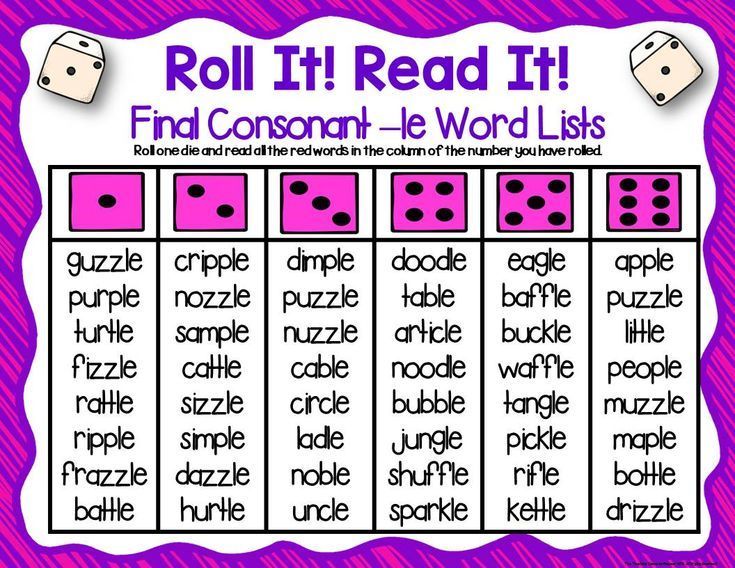 If she played correctly, that child is declared the winner, and we move on to playing the next round.
If she played correctly, that child is declared the winner, and we move on to playing the next round.
We start a new round by having each child pass their card to their left, so that each child has a new card and is given the opportunity to read new words.
↑ Top
You can make the game easier by reducing the number of squares from the standard 5-by-5 to 4-by-4 or even 3-by-3, and by using a majority of older, more familiar words. You can also allow each child to retain their card for a few rounds so they become more familiar with their cards. As we mentioned, you can help a weak reader at the start of the game by having them read the words to you, correcting any mistakes they have made.
↑ Top
You can make the game harder by using a majority of newer and less familiar words. You can also add some time pressure and increase the pace at which you read out new words, so that the children have to read the words more quickly.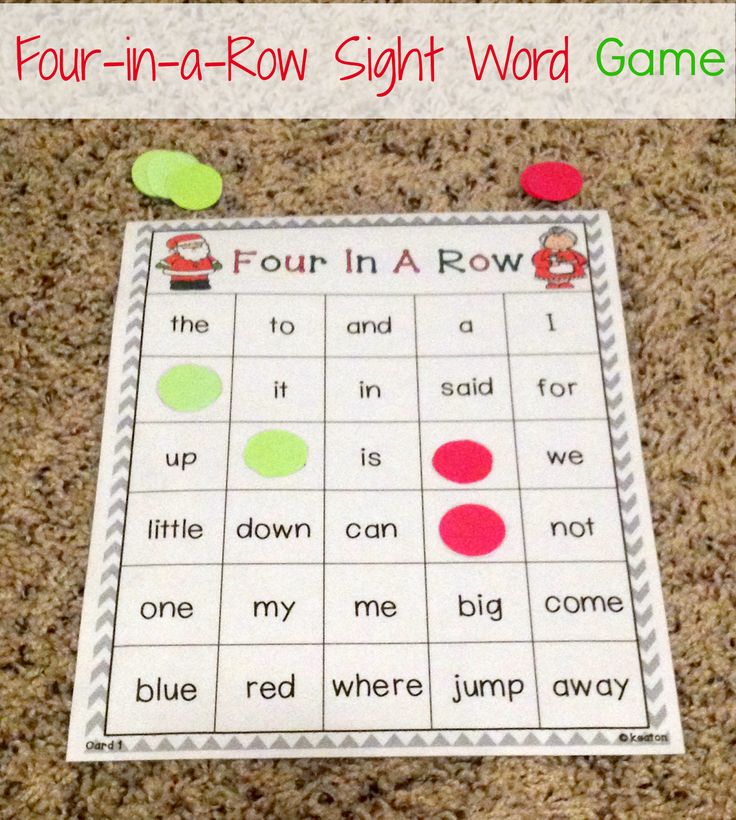 Speeding up the pace of the game helps children master the words, as they are forced to truly read by sight and cannot rely on crutches such as sounding out the initial letters.
Speeding up the pace of the game helps children master the words, as they are forced to truly read by sight and cannot rely on crutches such as sounding out the initial letters.
Alternately, you can make the game last longer by not declaring a winner until a child covers all the squares on their Bingo card.
↑ Top
Bingo is not the best game for doing an assessment of individual children. But by observing the whole classroom, you can get a sense for which words are flummoxing the children and need more work, and the words that are becoming too easy and should be removed from rotation because the children have already mastered them.
↑ Top
Remember that if you are playing with multiple children, each child needs their own card that is different from everyone else’s. Otherwise, everyone will get BINGO at the same time! The pre-made templates below include 30 different Bingo cards made from the same word list, so you can use them for a whole classroom of kids or just one child playing multiple games.
7.1 Custom Sight Words Bingo Cards
Use the Sight Words Bingo Card Creator to create your own custom set of Bingo cards. This generator lets you select from both existing sight words lists (e.g., Dolch and Fry) as well as allowing you to add custom words (e.g., allowing you to add students’ names or words relevant to a unit you are currently doing). The creator will also create a teacher’s word list to help you run the game.
7.2 Blank Bingo Card Templates
- Blank 5×5 Bingo Cards (Write in your own words)
- Blank 4×4 Bingo Cards (Write in your own words)
- Blank 3×3 Bingo Cards (Write in your own words)
7.3 Dolch Sight Words Bingo Cards
7.3.a Dolch Sight Words 5×5 Bingo Cards
- Pre-K Dolch Words (40 words)
- Kindergarten Dolch Words (52 words)
- 1st Grade Dolch Words (41 words)
- 2nd Grade Dolch Words (46 words)
- 3rd Grade Dolch Words (41 words)
- Noun Dolch Words (95 words)
7.
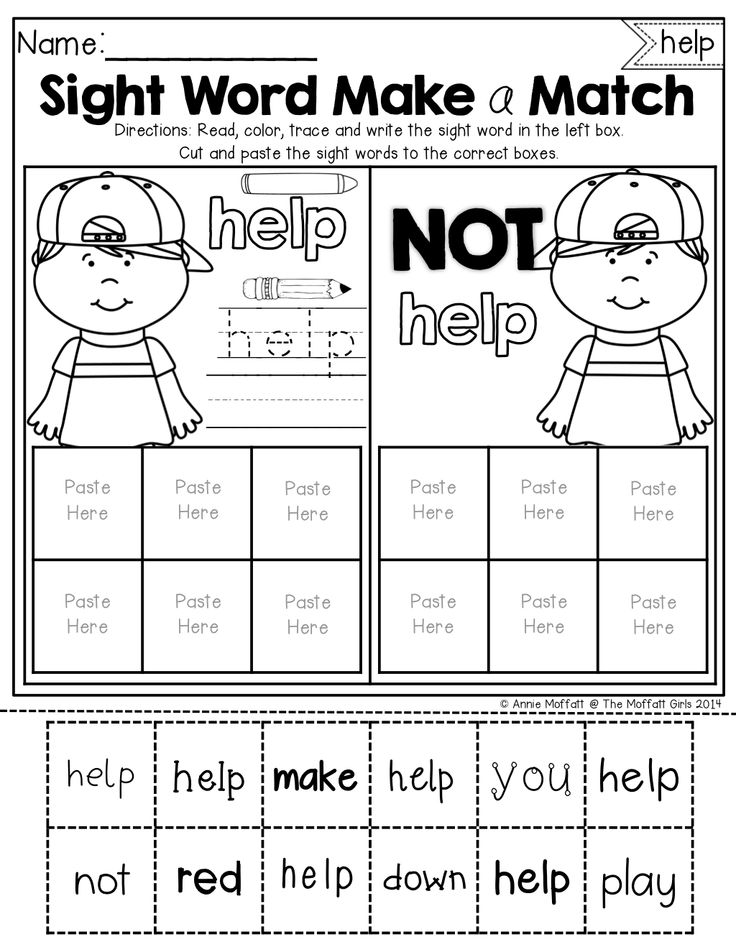 3.b Dolch Sight Words 4×4 Bingo Cards
3.b Dolch Sight Words 4×4 Bingo Cards- Pre-K Dolch Words (40 words)
- Kindergarten Dolch Words (52 words)
- 1st Grade Dolch Words (41 words)
- 2nd Grade Dolch Words (46 words)
- 3rd Grade Dolch Words (41 words)
- Noun Dolch Words (95 words)
7.3.c Dolch Sight Words 3×3 Bingo Cards
- Pre-K Dolch Words (40 words)
- Kindergarten Dolch Words (52 words)
- 1st Grade Dolch Words (41 words)
- 2nd Grade Dolch Words (46 words)
- 3rd Grade Dolch Words (41 words)
- Noun Dolch Words (95 words)
7.4 Fry Sight Words Bingo Cards
7.4.a Fry Sight Words 5×5 Bingo Cards
- 1st 100 Fry Words (100 words)
- 2nd 100 Fry Words (100 words)
- 3rd 100 Fry Words (100 words)
- 4th 100 Fry Words (100 words)
- 5th 100 Fry Words (100 words)
- 6th 100 Fry Words (100 words)
- 7th 100 Fry Words (100 words)
- 8th 100 Fry Words (100 words)
- 9th 100 Fry Words (100 words)
- 10th 100 Fry Words (100 words)
7.
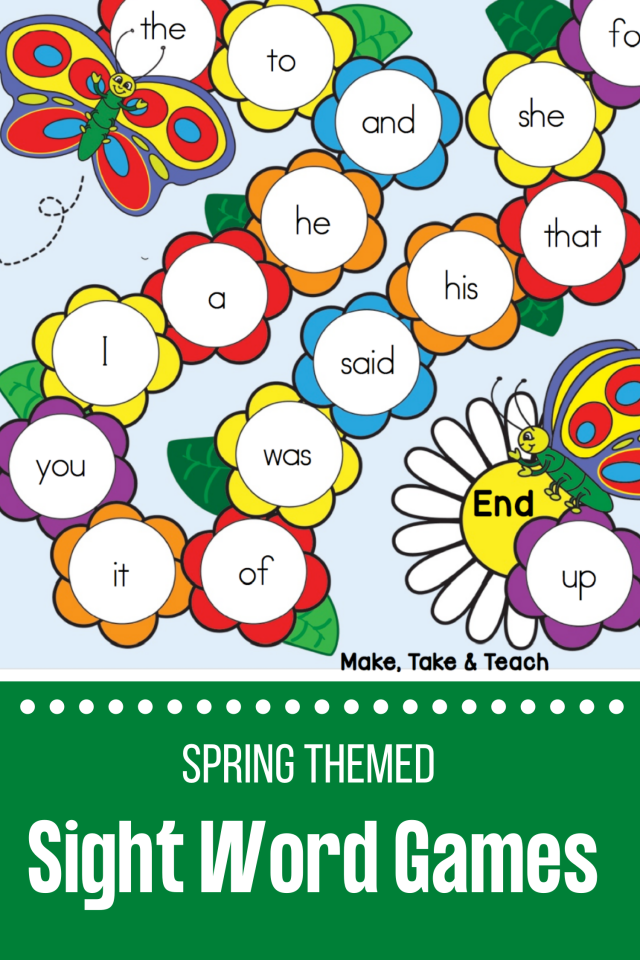 4.b Fry Sight Words 4×4 Bingo Cards
4.b Fry Sight Words 4×4 Bingo Cards- 1st 100 Fry Words (100 words)
- 2nd 100 Fry Words (100 words)
- 3rd 100 Fry Words (100 words)
- 4th 100 Fry Words (100 words)
- 5th 100 Fry Words (100 words)
- 6th 100 Fry Words (100 words)
- 7th 100 Fry Words (100 words)
- 8th 100 Fry Words (100 words)
- 9th 100 Fry Words (100 words)
- 10th 100 Fry Words (100 words)
7.4.c Fry Sight Words 3×3 Bingo Cards
- 1st 100 Fry Words (100 words)
- 2nd 100 Fry Words (100 words)
- 3rd 100 Fry Words (100 words)
- 4th 100 Fry Words (100 words)
- 5th 100 Fry Words (100 words)
- 6th 100 Fry Words (100 words)
- 7th 100 Fry Words (100 words)
- 8th 100 Fry Words (100 words)
- 9th 100 Fry Words (100 words)
- 10th 100 Fry Words (100 words)
7.5 Top 150 Written Words Bingo Cards
7.
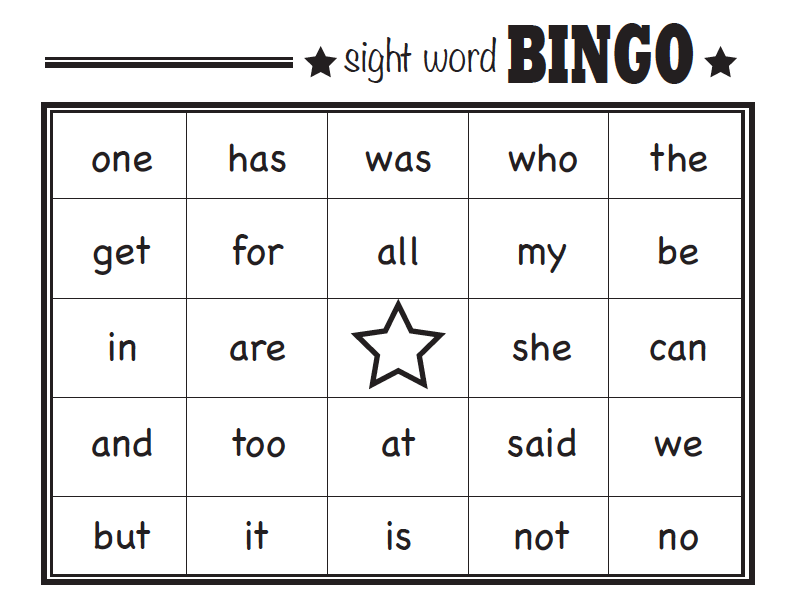 5.a Top 150 Written Words 5×5 Bingo Cards
5.a Top 150 Written Words 5×5 Bingo Cards- 1st 50 Words (50 words)
- 2nd 50 Words (50 words)
- 3rd 50 Words (50 words)
7.5.b Top 150 Written Words 4×4 Bingo Cards
- 1st 50 Words (50 words)
- 2nd 50 Words (50 words)
- 3rd 50 Words (50 words)
7.5.a Top 150 Written Words 3×3 Bingo Cards
- 1st 50 Words (50 words)
- 2nd 50 Words (50 words)
- 3rd 50 Words (50 words)
To download a template, right-click and select Save As.
These materials are provided under the Creative Commons Attribution 3.0 Unported License. Essentially, this means you can do whatever you want with the resources, provided you leave the attribution hallmark on the resources. You may use these materials in the classroom, at home, as part of a for-profit tutoring business, to wrap fish, or for any other purpose your heart desires. You do not need to contact us for permission to use the materials. We want you to use them!
You do not need to contact us for permission to use the materials. We want you to use them!
↑ Top
- ABCya.com
↑ Top
Leave a Reply
10 cool games that will teach your child to read quickly and without errors
How to teach a child to read confidently, fluently, correctly? Interest and captivate! We offer a selection of games from the teacher, speed reading and memory development instructor Guzel Abdulova.
Gyuzel Abdulova, neuropsychologist, teacher, speed reading and memory development coach, head of the Eidos Intellectual Technology Center
These exciting games will not only arouse interest in reading, but also help develop memory, attention and the level of understanding of texts. Play - reading, read - playing! nine0003
"Racing"
What should be done? Invite the child to read his favorite poem several times, each time increasing the speed and power of the voice.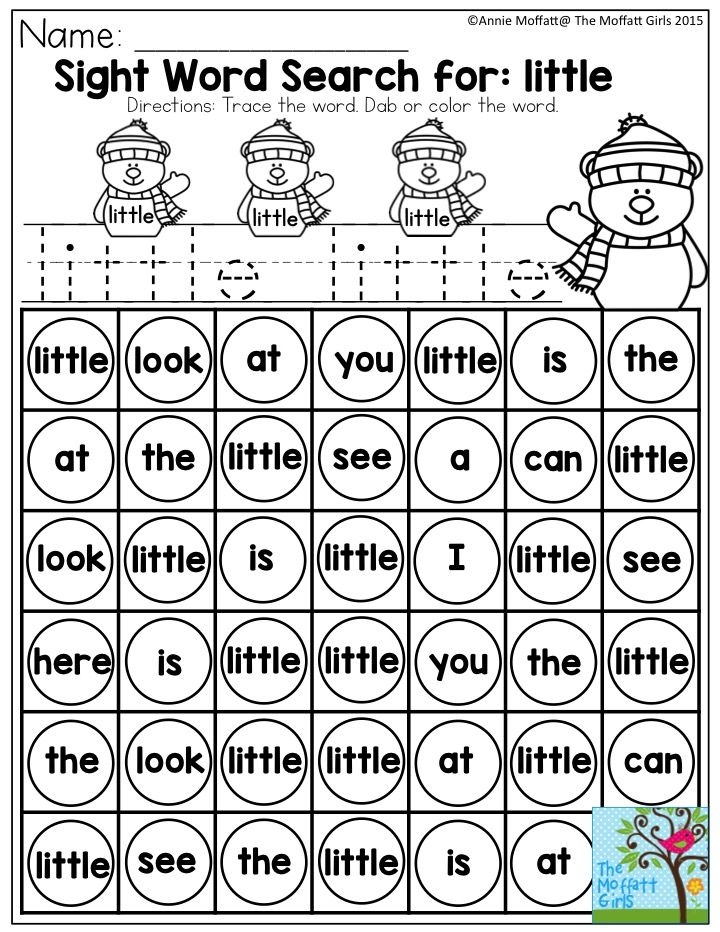
Purpose. The exercise significantly increases the speed of reading, improves reading technique and promotes the development of speech.
"Foreigner"
What should be done? We read the words, highlighting the last syllable, as if with a "foreign" accent. Reading text or columns of words. For example:
There is healthy mind in a healthy body.
Not the one who is RIGHT who is strong, but the one who is honest.
A tree is supported by roots, and a person is supported by friends.
And Vaska listens and eats.
Elbow is close, but you won't bite
The cuckoo praises the rooster for praising the cuckoo.
Alone in the field is not a warrior.
Purpose. This exercise helps children get rid of the habit of swallowing endings. It is quite tedious, so we complete it for 30 seconds. nine0003
"Voices"
What should be done? The task is to read the text in the form of a person or animal, cartoon or literary character.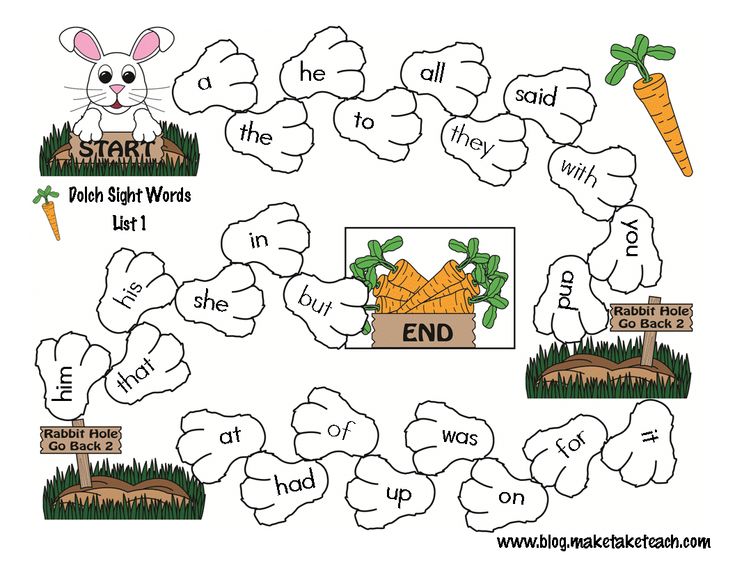 Discuss with the child how Baba Yaga or a mouse, a hare or a wolf would read this text.
Discuss with the child how Baba Yaga or a mouse, a hare or a wolf would read this text.
Purpose. The exercise improves the reading technique, helps to get the kid interested in reading, to show that it is fun and interesting.
"Funny Pictures"
What should be done? For this exercise, you need to match text with a large number of pictures. Cut the pictures and mix. The task of the child is to arrange the pictures in order to restore the sequence of events. nine0015 Option 1. Read the text and put the pictures in order.
Option 2. Tell a story from pictures. Then read the text and compare your version with the one proposed.
Purpose. The exercise contributes to the development of semantic reading and a deeper understanding of what is read.
"Magic puzzles"
What should be done? Cut the text into pieces-puzzles and mix. We invite the child to collect them and read the restored text. nine0015 Purpose. The exercise is quite difficult, and memory, attention, and thinking are involved. The skill of semantic reading is being improved. At first, you need to choose familiar texts, better - fairy tales.
We invite the child to collect them and read the restored text. nine0015 Purpose. The exercise is quite difficult, and memory, attention, and thinking are involved. The skill of semantic reading is being improved. At first, you need to choose familiar texts, better - fairy tales.
“The word is lost”
What should be done? Read the text aloud, skipping words. The child must understand which word was missed.
Target . The exercise contributes to the development of attention, the formation of the skill of semantic guessing and a deeper understanding of what is read. nine0003
"First and last"
What should I do? The child reads the text, saying aloud only the first and last letters in the word. Then he should tell what he read about.
Purpose. The exercise trains concentration and quick switching of attention, teaches you to perform several actions at the same time: read, understand, memorize.
Head-tail
What should I do? Option 1. An adult reads the beginning of the word, and the child must find the "tail", that is, the end of this word. To do this, you need to quickly scan the entire text, find the word and read the ending. nine0015 Option 2. The adult reads the beginning of the sentence, and the child must find its ending.
Purpose. This is a good training for the skills of "scanning" the text with the eyes, concentration and semantic reading.
"Read and count"
What to do? The child must not only read and understand the text, but also count the words. Naturally, for starters, you need small texts - from 10-20 to 40-50 words.
Target. This exercise helps to develop attention and better understand the text.
"Shooting a movie"
What to do? Ask the child to imagine a movie based on the text.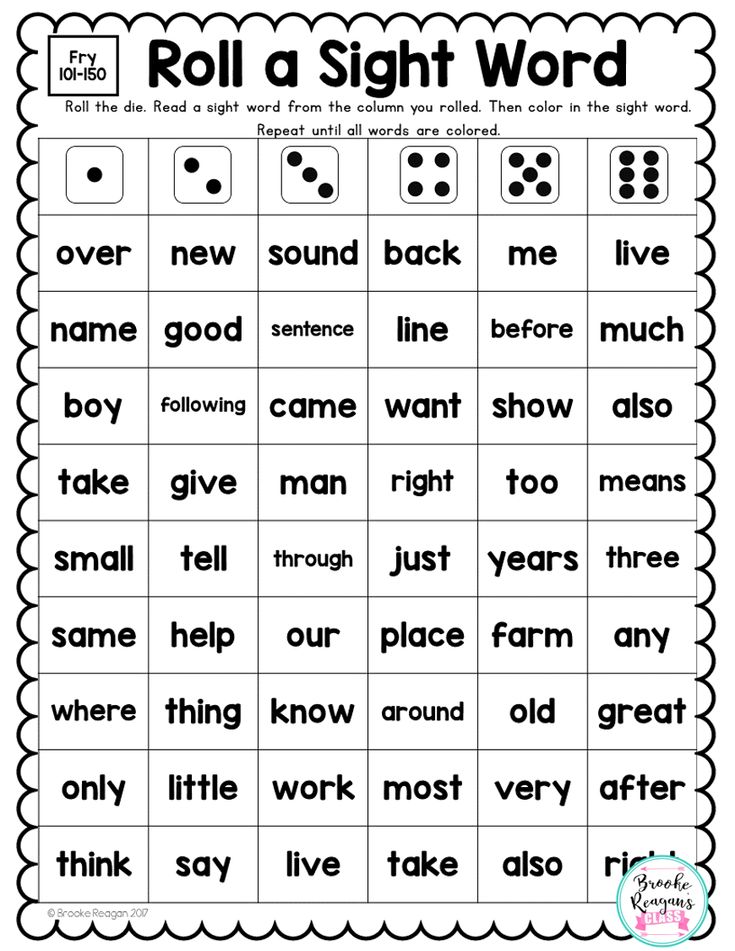 We help with leading questions, find out what he sees and feels when he reads. The task is not only to understand what the text is about, but also to hear sounds, feel smells, tastes, and experience the emotions of the characters. The child must answer your questions and retell the text. nine0015 Purpose. We develop figurative memory, speech, retelling skill. Thanks to the use of the method of co-sensation, children easily remember and tell the text with all the details, even come up with details.
We help with leading questions, find out what he sees and feels when he reads. The task is not only to understand what the text is about, but also to hear sounds, feel smells, tastes, and experience the emotions of the characters. The child must answer your questions and retell the text. nine0015 Purpose. We develop figurative memory, speech, retelling skill. Thanks to the use of the method of co-sensation, children easily remember and tell the text with all the details, even come up with details.
G. Abdulova “We read after the ABC: we develop speed reading”
It is important to teach a child to read correctly. The book by an experienced neuropsychologist, speed reading trainer and head of the Superbrain School of Intellectual Development Gyuzel Abdulova contains interesting and fun exercises that will help a child learn to read fluently without mistakes and hesitations. And although this book is designed for children of primary school age, it will certainly be interesting for parents to study: try to quickly read the text upside down or find a few words in a whole sea of scattered letters. nine0003
nine0003
See also :
5 memory games
How to teach your child to read confidently: 5 tips for parents
"Secrets" and four more children's games for the street
Photo: Prostock-studio, Alex2stundr Luis Molinero/Shutterstock
Tips
Teaching Reading - A set of games and activities to develop reading skills
Learn to Read is full of interesting learning materials for preschool and primary school children. Here are a variety of printable educational materials designed to teach preschoolers to read, as well as to test the child's level of knowledge in the humanities. These tasks are suitable for regular homework with the child, developing his speech and intellectual abilities, as well as fully preparing him for the school curriculum. nine0003
Also in this section you will find classes to develop reading skills and verbal-logical thinking. This category contains printable tasks that educators can use as didactic material for working with a group of children. Teaching reading to preschoolers is always faster and more effective when it sparks a child's interest. So do not neglect the variety of materials presented to make classes with your child more fun and interesting.
Teaching reading to preschoolers is always faster and more effective when it sparks a child's interest. So do not neglect the variety of materials presented to make classes with your child more fun and interesting.
Making a word from letters - Reading task
In this section you will find many tasks, in each of which you need to make a word from letters. In some tasks, you need to compose words from given letters, and in some you need to learn the letters yourself (by the first letter of each word-picture). There are also tasks in which you need to make words from mixed letters or find hidden words.
Stories with pictures instead of words for children
Here you can download short stories for children with pictures instead of words for children of preschool and primary school age. When reading the presented stories, you need to insert the right words instead of pictures. This kind of learning to read is very interesting for children who are learning to read.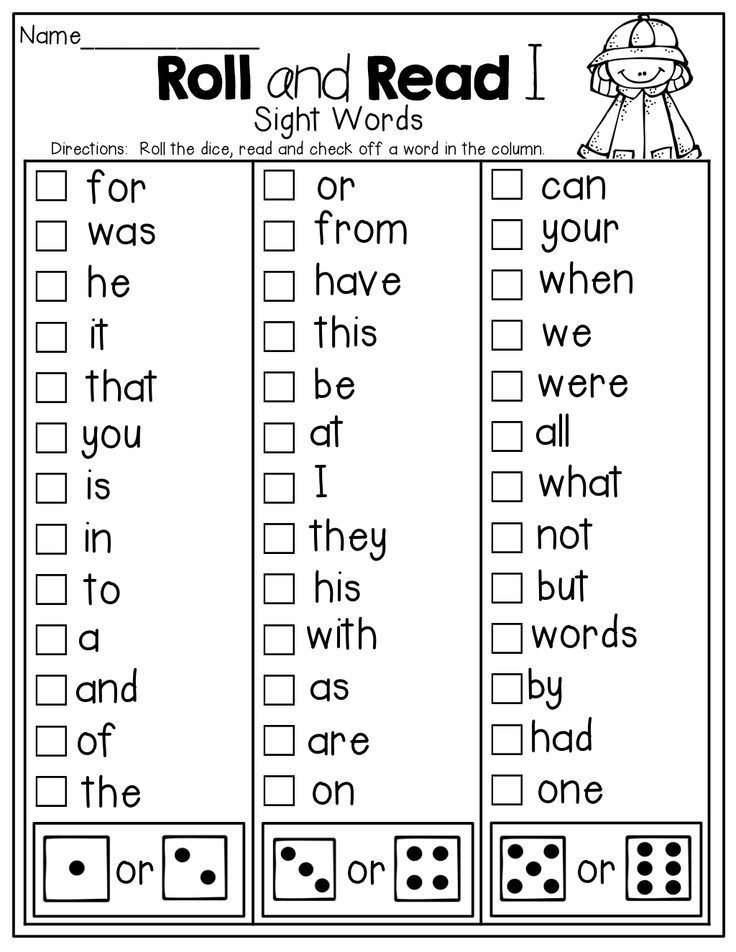 nine0003
nine0003
Russian alphabet in order for preschoolers
Here we will study the Russian alphabet in order, from the letter A to the letter Z. Two letters are given on each worksheet. Each letter corresponds to several pictures. You need to circle only those picture words that begin with a given letter.
Learning the Russian alphabet
In this section you can download materials that will help you learn the Russian alphabet easily and simply. Here are special tasks for teaching the Russian alphabet, and cards with letters for printing, and much more ...
Find a word by spelling in a square
In these colorful reading tasks, your child needs to use pictures to spell out a word in a special square where the letters are arranged in a chaotic order. Each search word corresponds to one picture outside the square. The order of letters in words can be horizontal, vertical and diagonal. Here you need not only to be able to read words, but also to be very careful to find them .

